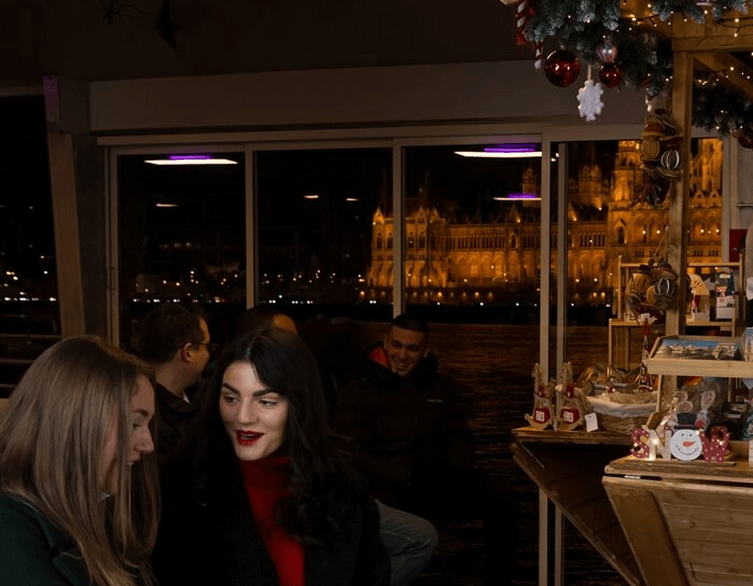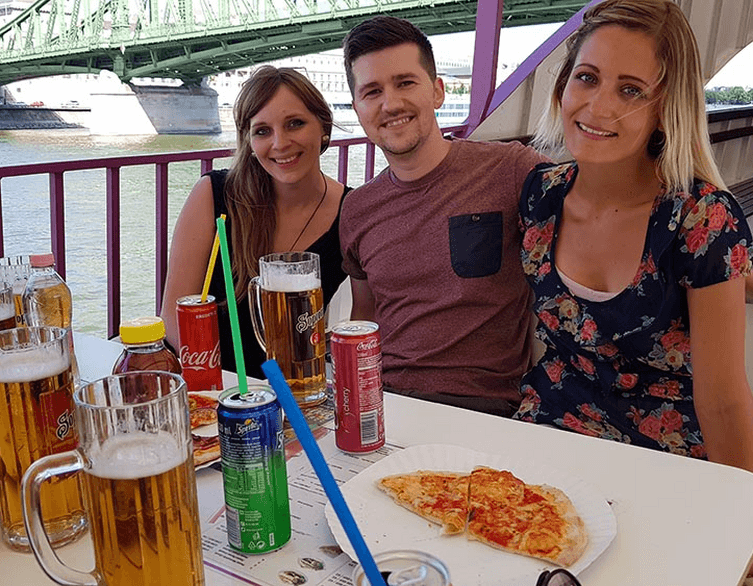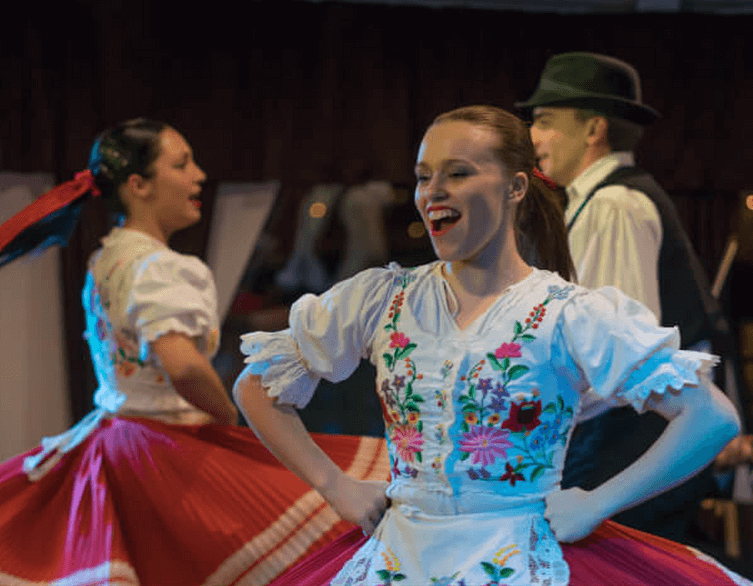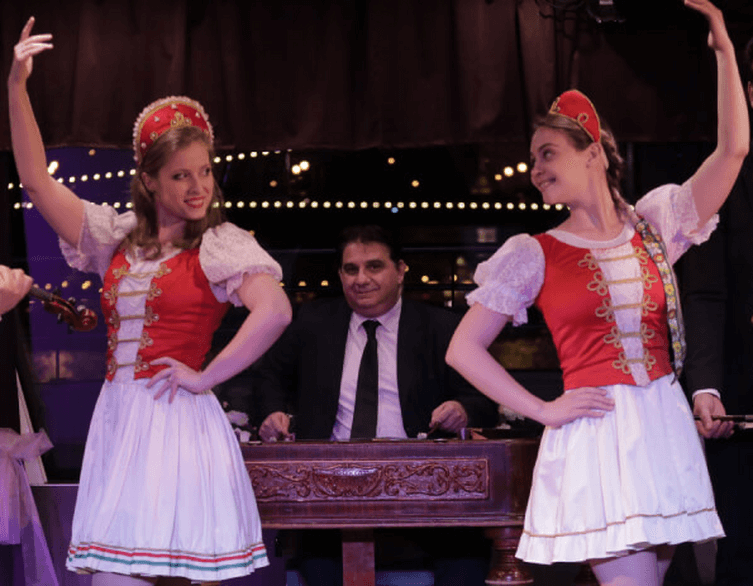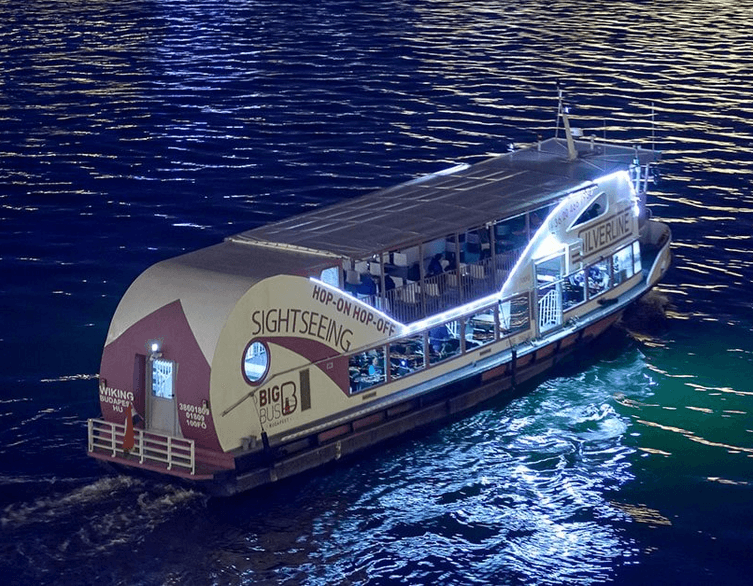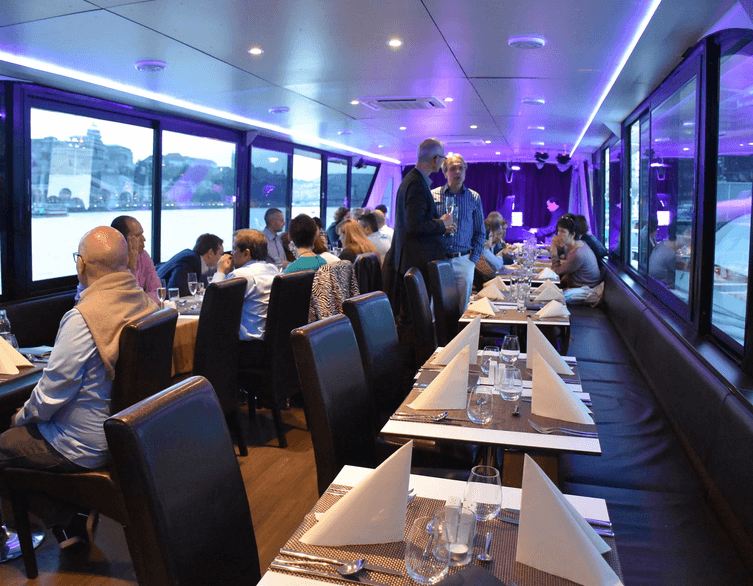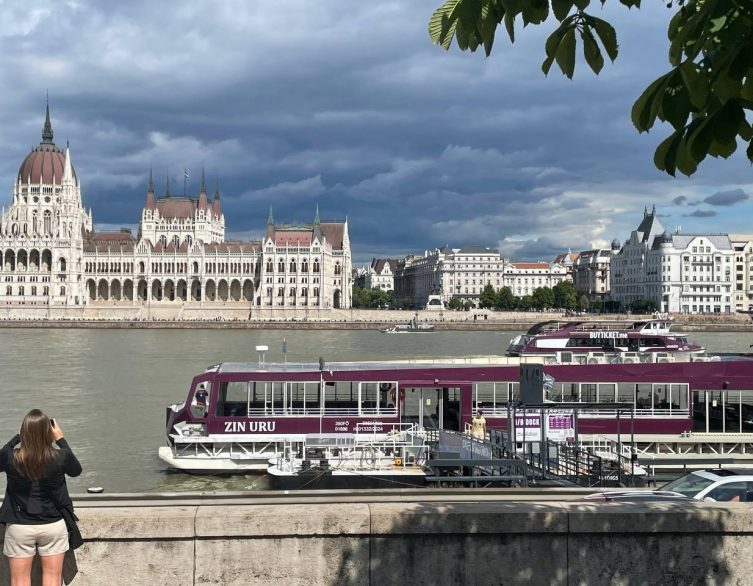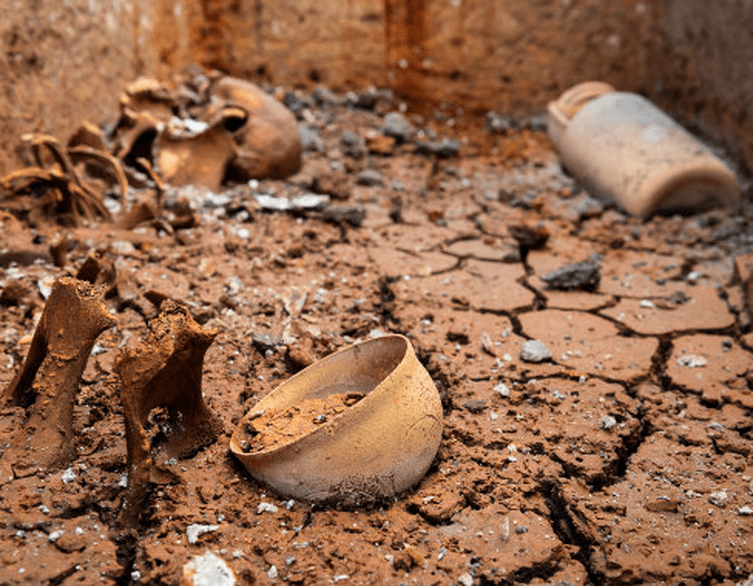Budapest’s Hidden Roman Treasure: Aquincum’s Western Archaeological Park Plans Unveiled
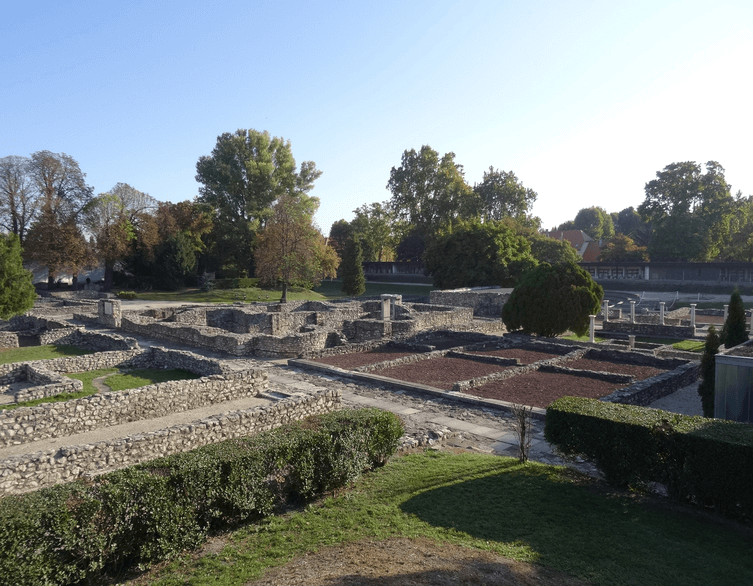
Budapest is about to reveal one of its best-kept archaeological secrets, and it’s happening right under visitors’ noses. The area across from the famous Aquincum Museum, currently an unassuming wooded patch along Szentendrei Road, could soon become a fascinating archaeological time capsule that preserves the western half of ancient Rome’s most important Danubian city.
When Ancient Rome Called Budapest Home
Most tourists visiting Budapest know about the spectacular Aquincum Museum and Archaeological Park in Óbuda, where carefully excavated Roman ruins tell the story of a thriving ancient city. What many don’t realize is that they’re only seeing half the picture. The impressive archaeological park showcases the eastern portion of what was once Aquincum, a major Roman settlement that housed up to 40,000 inhabitants at its peak in the 2nd century AD.
Aquincum wasn’t just any Roman outpost – it served as the capital of the province of Pannonia Inferior and was occasionally used as headquarters by Roman emperors themselves. The city boasted all the amenities of Roman urban life: elaborate public baths, temples, shops, homes with central heating, and even two amphitheaters where gladiatorial contests entertained the masses.
The Mystery of the Missing Half
Here’s where the story gets intriguing for modern-day explorers. While the eastern half of ancient Aquincum has been transformed into the well-known archaeological park that draws thousands of visitors annually, the western half has remained largely untouched for decades. This wooded area between the highway and residential developments holds equally important archaeological treasures, but they remain buried and protected beneath the surface.
Over the past 130 years, archaeologists have conducted approximately 40 excavations throughout the ancient city’s territory. The eastern section, now home to the museum and park, has been thoroughly explored and beautifully presented. However, the western area has seen far fewer interventions, creating an unusual situation where half of one of Europe’s most significant Roman urban sites remains essentially frozen in time.
Modern Technology Reveals Ancient Secrets
The breakthrough came in 2011 when the Budapest History Museum’s Aquincum Museum partnered with the Austrian Archaeological Institute to conduct a comprehensive ground-penetrating radar survey of the western area. The results were remarkable – the technology revealed the western half’s chess-board-like street network and building foundations still intact beneath the soil.
This non-invasive investigation provided archaeologists with a detailed map of the buried city without disturbing the precious remains. The survey was complemented by systematic metal detection work, which unfortunately became necessary due to increasing problems with illegal treasure hunters who were damaging the site and stealing cultural artifacts.
A New Kind of Archaeological Park
Since creating a traditional excavated archaeological park like the eastern section isn’t feasible in the coming decades, Budapest’s city government is considering an innovative solution: transforming the eight-hectare western area into a “Roman archaeological time capsule park.” This concept would preserve the buried remains for future generations while still making the site accessible and educational for current visitors.
The proposed park would serve multiple purposes beyond simple preservation. Plans include creating outdoor exhibition spaces where visitors could learn about the buried city below their feet, organizing cultural events that celebrate the area’s Roman heritage, and providing educational programs that bring ancient history to life without disturbing the archaeological layers beneath.
Best deals of Budapest
Community Input Shapes the Future
Budapest’s approach to this archaeological treasure demonstrates a refreshingly democratic attitude toward cultural heritage preservation. In June, the city government organized public workshops directly on the site, inviting both local residents and interested visitors to share their ideas about how the space should be developed.
This community engagement process recognizes that successful archaeological parks need to serve both tourists seeking authentic historical experiences and locals who want useful public spaces. The challenge lies in balancing these needs while ensuring the protection of irreplaceable Roman remains.
Why This Matters for Visitors
For tourists exploring Budapest, this development represents something truly special – the chance to experience archaeological preservation in action. Unlike traditional museums where artifacts are displayed behind glass, this future park will offer visitors the unique experience of walking directly above a complete Roman city, knowing that ancient streets, homes, and public buildings lie just meters beneath their feet.
The western archaeological park will complement rather than compete with the existing Aquincum Museum experience. Visitors will be able to see excavated ruins on one side of Szentendrei Road and then cross over to stand above the unexcavated portion, gaining a complete understanding of the ancient city’s full scale and importance.
A Protected Archaeological Treasure
The western area already enjoys protected status as a highly sensitive archaeological site with strict building restrictions. This legal protection has prevented modern development from destroying the Roman remains, but it has also left the area underutilized and vulnerable to illegal metal detecting and other unauthorized activities.
Converting the space into a proper public park with appropriate security and management would solve these problems while creating educational opportunities. Visitors would gain access to information about what lies beneath the ground, possibly through digital reconstructions, interpretive trails, and outdoor exhibition panels that bring the buried city to life.
Planning Your Future Visit
While the archaeological park transformation is still in the planning stages, visitors to Budapest can already experience the full Aquincum story by visiting the existing museum and archaeological park. The current site offers excellent English-language information and showcases remarkable Roman artifacts including the famous Aquincum organ, elaborate mosaics, and reconstructed buildings.
When the western park eventually opens, it will create a unique archaeological experience where visitors can appreciate both excavated and preserved-in-place Roman remains within a single visit. This combination of revealed and concealed archaeological treasures will make Aquincum one of Europe’s most comprehensive Roman urban heritage sites.
The transformation of Aquincum’s western area into a protected archaeological park represents Budapest’s commitment to preserving its ancient heritage while making it accessible to modern visitors. For tourists seeking authentic historical experiences, this development promises to add yet another layer to Budapest’s already rich cultural offerings, creating a complete picture of one of Roman Europe’s most important frontier cities.
Related news
Related events
Related attractions

